8+ Sample Product Sales Proposal
-
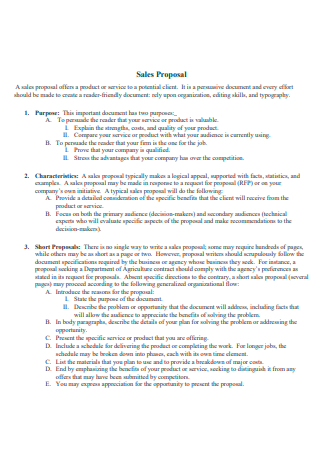
Product Sales Proposal Template
download now -
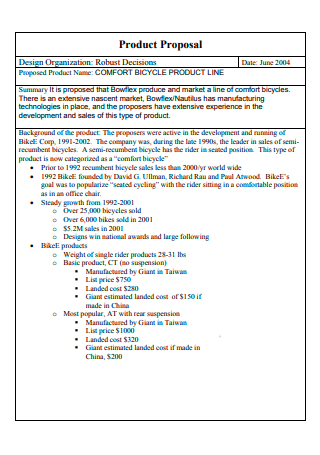
Basic Product Sales Proposal
download now -

Sample Product Sales Proposal
download now -

Product Sales Proposal Example
download now -
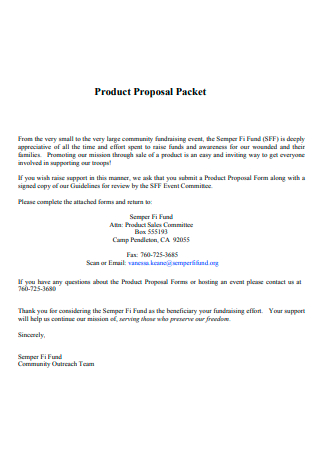
Product Sales Committee Proposal
download now -
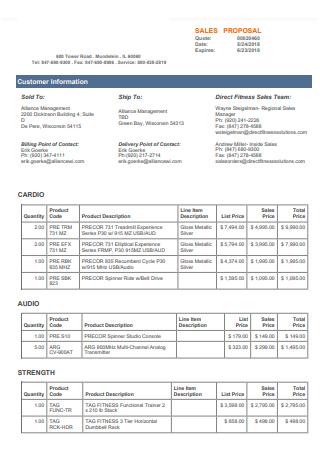
Product Sales Proposal in PDF
download now -
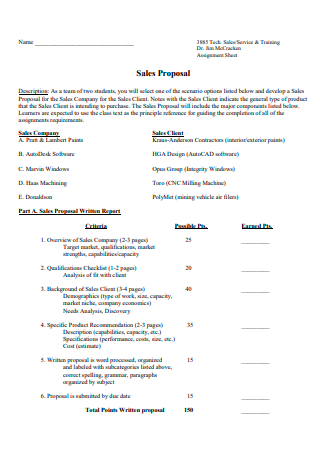
Formal Product Sales Proposal
download now -
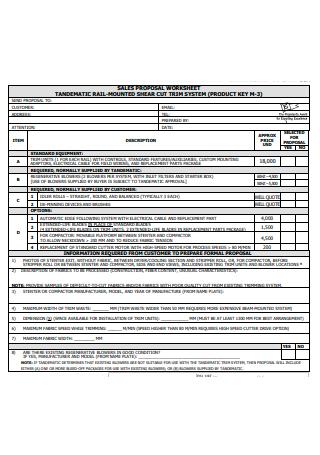
Product Sales Proposal Worksheet
download now -

Product Sales Proposal Format
download now
FREE Product Sales Proposal s to Download
8+ Sample Product Sales Proposal
What Is a Product Sales Proposal?
What Are Product Sales?
Types of Product Sales:
5 Strategies for a Product Sales Proposal:
How To Write Product Sales Proposal In 5 Steps?
FAQs
What happens after sending your proposal?
What makes a proposal legally binding?
4 effective sales approaches to incorporate into product sales process:
The top 4 questions you’d ask your customers:
What Is a Product Sales Proposal?
A product sales proposal is a document an individual or a business uses to pitch their services or products to potential clients and customers. This may also be referred to as business proposals, project proposals, or executive summaries.
Sales proposals can be used by sales teams, agencies, consultants, and anyone looking to show how they can serve their target market with their offerings. An excellent sales proposal will help you achieve the following outcomes:
- It shows that you fully understand the needs of your prospect. And it proves that you’ve deeply researched their needs based on your previous conversations or their request for proposal (RFP).
- It convinces your prospect you’re the best solution available to them. A great proposal narrative, linking the challenges your prospect faces with the benefits of your offer. As a result, your prospect can see a future version of themselves that successfully solved their pain points thanks to your product or service.
- It inspires them to take action. It gives your prospect the confidence that they have all the information they need to make their decision. This includes clarity around budget, deliverables and the steps they must take to kick off the process.
Eventually, a good product sales proposal clearly conveys the value of working with you. It is clear, authentic, and tailored to your prospect’s needs and expectations.
What Are Product Sales?
Product Sales is when you sell a good in exchange for monetary compensation. The total number of goods you sell during this period is what we call product sales. For a customer to purchase a product, they know that it will meet a particular need they have. You can use different channels for product sales like door-to-door sales, direct sales, retail stores, telemarketing, and tradeshows.
In addition, the marketing team does not stop their work at the point of conversion. They need to go ahead and retain those customers they currently have. This can be done via various loyalty programs or email newsletters.
Types of Product Sales:
There are two key types of sales proposals:
- Solicited sales proposal: You need to create a solicited proposal if you are sending a proposal after talking to your prospect or receiving a request for proposal.
- Unsolicited sales proposal: If your prospect isn’t expecting your proposal (perhaps they’re a prospect that you know is looking for a solution like yours, but hasn’t had direct contact with your company), then you are sending an unsolicited proposal.
One of the most common challenges that arises from sending unsolicited proposals is that its recipient has not budgeted for your offering or planned for it in any way. They haven’t asked for it, so keep that in mind when setting your expectations and make sure to have diverse proposal examples for these instances.
5 Strategies for a Product Sales Proposal:
There are some tips and strategies behind successful product sales proposals that can be functional to all industries and sales cycles. Implement these tips to make your proposals professional and appealing.
How To Write Product Sales Proposal In 5 Steps?
Step 1: Understand what a prospect is looking for.
It is your job to list all the pain points your prospect is experiencing. In this step, these questions should be answered:
- Who is the decision maker? Is there more than one? What are their roles?
- Was there a sense of urgency in your prospect’s RFP or their conversations with you?
- What is the bigger impact of solving this problem for your prospect?
- Have they specified the format of the solution they’re looking for?
Step 2: Dig deeper research.
This is about gathering details the clients haven’t told you. In other words, you’re looking for clues that aren’t as obvious, but convey their issue further. This includes details such as:
- Content they’re sharing on social media
- Conversations they’re having on social media
- Recent news about their company—especially funding rounds or significant hires
- Interviews they’ve given (both for new hires and in the press)
- Conferences and tradeshows they attend
- Online groups they are active in
These insights can make your writing more specific and help you emphasize the most painful points for your prospect. They can also help you get a bearing on the reason the client is looking to move in a new direction with a solution in your field.
Step 3: List the building blocks of the product sales proposal.
No matter how specific your prospect’s needs are, your proposal will include most or all of these building blocks:
- Title or front page
- About us (company background)
- Challenges and goals/outcomes
- Proposed solutions (one or a few products/services)
- Pricing
- Timeline with key dates
- Case studies
- Client testimonials
- Terms and conditions
- Next steps (solution selection, space for signature and date)
Pick the blocks that match your offering and your research from the previous two steps.
Step 4: Outline and draft the product sales proposal.
The goal is to make your proposal only as long as it needs to be—for most scenarios, two to three pages are enough. However, comprise any information you see as necessary for making your case. This will help you get the entire picture on how your offering could fit into your prospect’s life. You will clarify and clean up this information in the next step.
Step 5: Edit and proofread.
It is important to take a quick break and return to it with fresh eyes to help you notice things you’ve forgotten to include or a clearer way to make a point. Use these editing guidelines to revise your sales proposal template and make it into a tailored document for your prospective clients:
- Replace or eliminate jargon or complex statements
- Order your pricing from high to low
- Make a note on areas where visuals could add value
- Use consistent tone of voice throughout (don’t go from super formal to casual and vice versa)
- Shorten sentences when possible
- Confirm that the order of sections makes sense and flows naturally
FAQs
What happens after sending your proposal?
After you send your product sales proposal, all possible scenarios fall into one of these three categories:
- Your prospect accepts the proposal
- Your prospect rejects the proposal
- You are not getting any feedback or hearing back from your prospect
What makes a proposal legally binding?
A proposal becomes a legally binding contract if you have taught your client to abide by the terms of the proposal, sign it, date it, and send you funds. In other words, you can associate the proposal with a contract in order to save time.
4 effective sales approaches to incorporate into product sales process:
Each sales approach has its own sole strengths—along with the potential to revitalize your interest, enthusiasm, and understanding for the sales profession. Some effective sales approaches are as follows:
Premium sales approach. With the premium sales approach, sales professionals offer their prospects a giveaway or promotional item in an effort to build excitement about their product or brand. A key advantage of this selling approach is its ability to attract otherwise uncertain customers. Moreover, this free gift (or premium) can be as simple as a gift card. Sometimes, it can be an item with some connection to the product or service you sell for a living.
Product sales approach. Making an important buying decision can be exciting or it can also be intimidating. This is mainly true when you are considering the purchase of a new product or service.
Selling something new or unproven (at least in the eyes of your prospect) takes more time and attention. Potential customers conduct research and compare competitors.
Network sales approach. Whether it is B2B or B2C sales, building a list of prospects and emerging relationships with them are crucial to the process. This is where you may have a hidden advantage.
Using the network sales approach lets you strategically rely on your own list of personal and professional connections. Of any kind, your network of family, friends, and past coworkers can provide the foundation you need to uncover qualified leads and generate solid referrals.
Research shows 69% of U.S. adults use Facebook and typically have a network of 338 friends. 27% of LinkedIn users have between 500 and 999 1st-level professional connections. Social media networks offer a natural environment to build your prospect list. Sales is about building trust. Networking is sales with people who already trust you. You can also employ this sales approach to help identify the well-connected individuals within your network who can introduce you to an untapped resource of qualified leads.
Of course, applying the network sales approach isn’t a license to go through your entire list of contacts to bother people who would otherwise not be a solid sales prospects or qualified lead. Use good judgment. If your offer can provide value, add them to your list.
Prescriptive sales approach. Providing prospective customers all the information and options they need to arrive at the right decision sounds like a good thing. After all, being supple to the direction (or whims) of your customers should make the buying process easier and ultimately increase sales. This impulse to quickly respond and offer endless support is seen in more common sales tactics, such as:
- Ensuring customers have every case study, testimonial, and brochure
- Adjusting your offer to meet the ever-changing demands of the customer
- Providing customers with more time to consider all possible alternatives
- Logic suggests being customer-centered should result in more sales. But the latest research shows that providing additional information and multiple options may actually suppress sales.
An HBR survey of 600 B2B buyers reveals it drives an 18% decrease in purchase ease. Providentially, the prescriptive sales approach takes the opposite tactic. Within the same buyer survey, it was shown to increase purchase ease by 86%. With the prescriptive sales approach, the sales professional offers a clear recommendation for action to customers—backed by a specific rationale. Any multifaceted aspects of the sale are explained upfront. If added approval is needed from the purchasing department, invite them into the sale early on.
Additionally, customers often appreciate and respect the prescriptive sales approach. It helps them see the sales representative as being proactive—predicting and eliminating obstacles. Additionally, customers who undergo a prescriptive sales process experience less sales regret and are more likely to repurchase, compared to predictable sales methods.
This approach is idyllic for leading customers through the three common buying stages:
- Early buying stage: This is where customers have trouble distinguishing between meaningful and irrelevant information and deciding if more information is needed.
- Middle buying stage: This is where customers encounter competing priorities and hidden concerns about the purchase. They may question their need for change.
- Late buying stage: This is where customers become overwhelmed by having too many purchase options and confused by the late introduction of different options.
The prescriptive sales approach is more an organizational aptitude than an individual skill—one that can be applied to marketing content just as well as sales conversations.
Adapt sales tactics to fit the requirements of your particular business. By experimenting with these four different sales approaches, you can start making a selling technique that accommodates your unique product or service, as well as your customer base. Furthermore, a solid sales approach doesn’t guarantee a sale. But it will help set the stage for the next crucial steps in the process, from giving the presentation and handling objections to closing the sale and following up with.
The top 4 questions you’d ask your customers:
- How satisfied are you with our products/services?
- What can my company do to better serve your needs?
- What are your biggest challenges?
- What value do we provide?
Remember, product knowledge is the most important sales skill. Being aware about your products’ features allows you to present their benefits precisely and convincingly. Customers respond to enthusiastic sales staff who are passionate about their products and eager to share the benefits with them. Ensure that you have trained yourself or your staffs very well in handling customers and taking care of the relationship with them.
